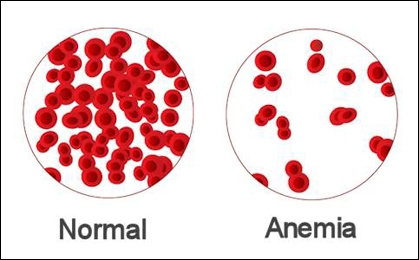Pancreatitis - symptoms and causes

Pancreatitis is inflammation in the pancreas into a long, flat gland that sits tucked behind the stomach in the upper abdomen. The pancreas produces enzymes that help digestion and hormones that help regulate the way your body processes sugar in the body. Symptoms Symptoms vary based on the type of the disease. Acute pancreatitis symptoms include: Upper abdominal pain Abdominal pain that radiates to your back Abdominal pain that feels worse after eating Fever Rapid pulse Nausea Vomiting Tenderness when touching the abdomen Chronic pancreatitis symptoms include: Upper abdominal pain Losing weight without trying Oily, smelly stools (steatorrhea) Causes Pancreatitis occurs when digestive enzymes become activated while still in the pancreas, irritating the cells of the pancreatic glands and causing inflammation. Abdominal surgery Alcoholism Certain medications Cystic fibrosis Gallstones High calcium levels in the blood (hypercalcemia), which may ...










